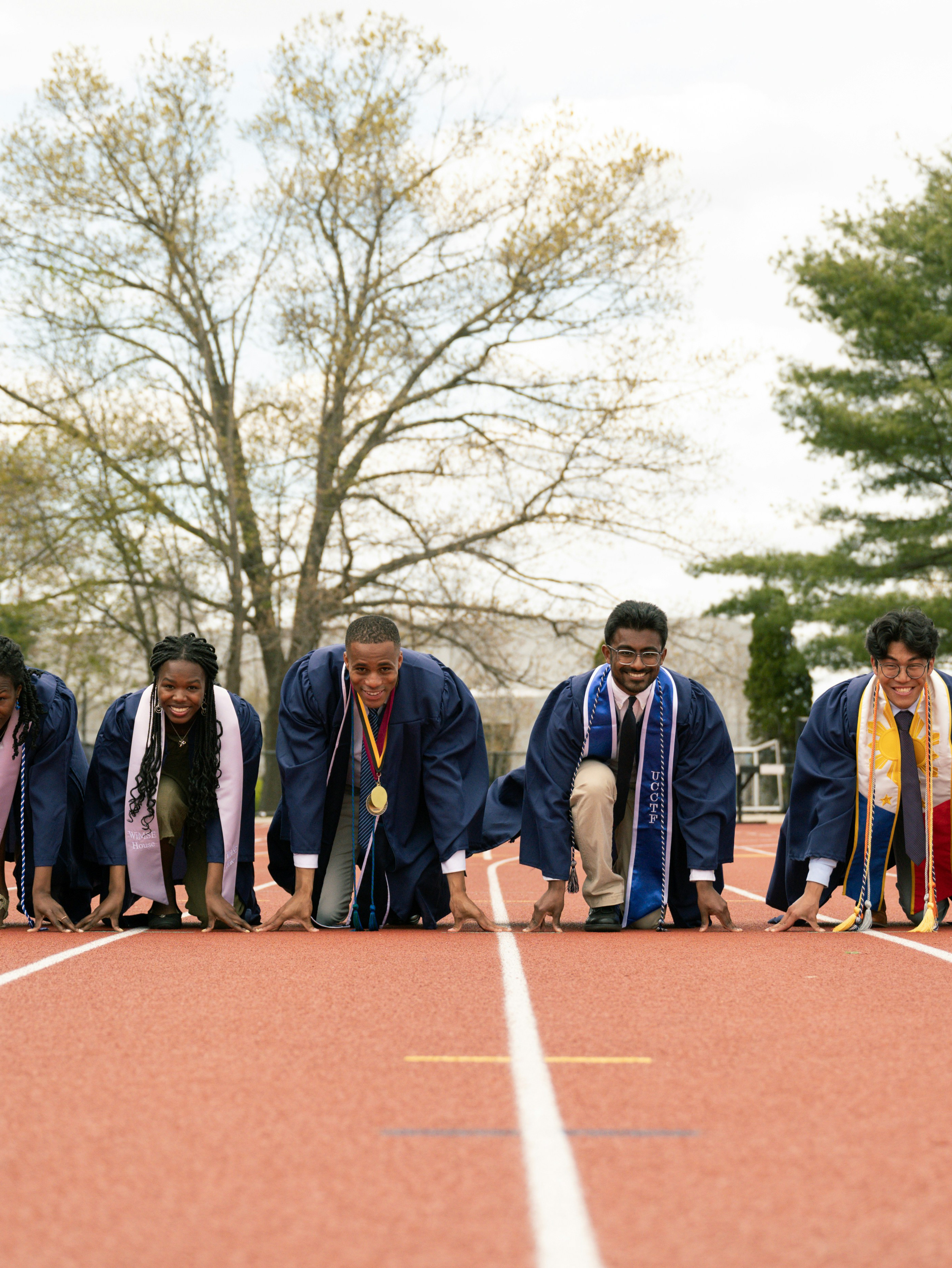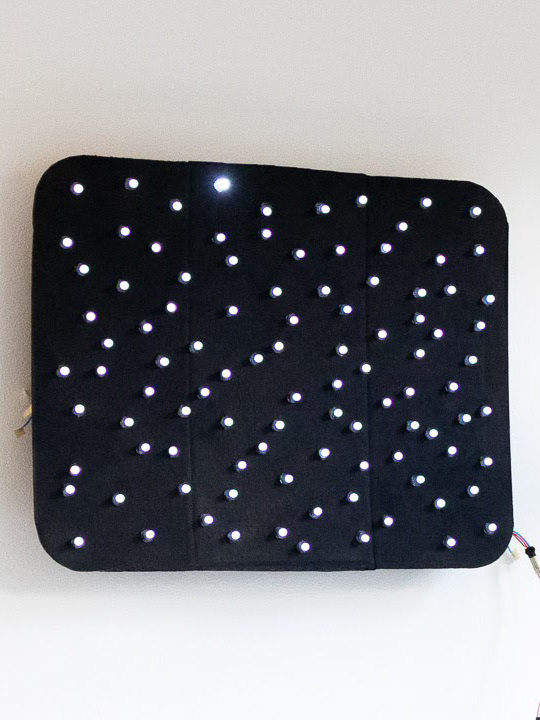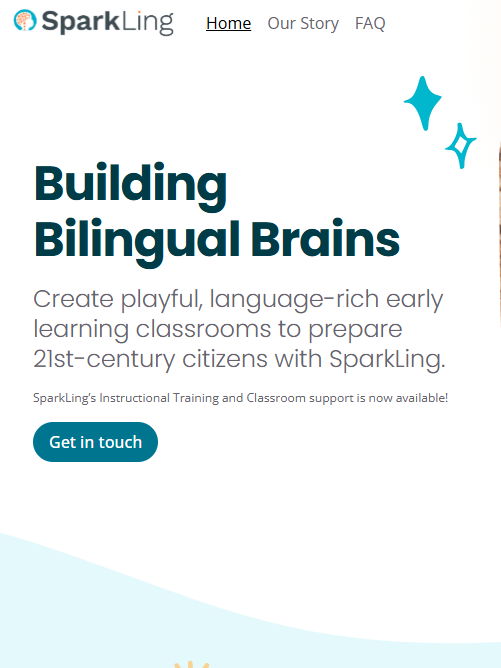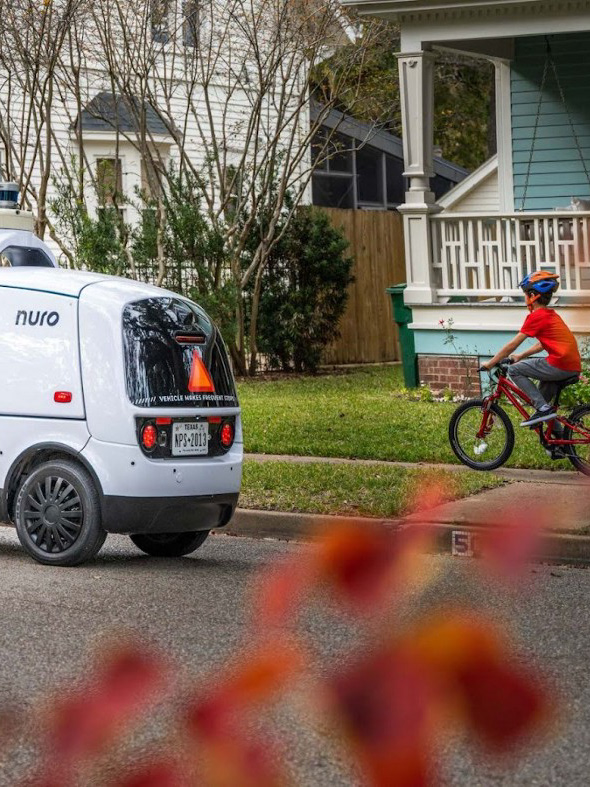Project Overview
Institution: University of Washington
Duration: 1/2021-8/2021
Contributions: Research and analysis lead, research and design strategist, content writer, visual design
Team: Isaiah Morales, Duanhao Zhang, Advised by Emi Macleod of Google
Project Summary
This was my Master's capstone/thesis project. The prompt was- find a human problem and create a design response. Initially, we started with technology. As our project evolved, technology came secondary to the problems created by current design "solutions." This lead us to the heart of politics during a pandemic, economic uncertainty, social and political unrest, etc.
“Our study provides evidence that people around the world overestimate the negative feelings of their political opponents, when in fact the other side is often much less negative than the perceptions we harbor about the other group. These misperceptions have real-world consequences, from polarization, intergroup conflict, and increasingly aggressive narratives in traditional and social media."-Kari Ruggeri, (Nature, Human Behavior)
This is our video prototype for the Common Grounds experience.
Design Opportunity
Political Polarization is a worldwide issue that has been worsened by the design of physical and digital environments. Commerce decenters people, health, environment, etc. This presents the opportunity to re-imagine the role of design within experiences, technology, and service interactions.
Research
Literature Review
We reviewed over 40 different forms of literature including peer-reviewed journal articles, reports, and newspaper articles. We all explored and synthesized findings. These came from the realms of Social Psychology to Human Computer Interaction.
As we learned more about this growing divide, we distilled a few assumptions:
1. People have more in common than they realize.
2. Communication suffers in online spaces.
3. People have better conversations, (even if contentious), in person.
Subject Matter Expert Interviews
We secured 4 subject matter expert (SMEs) interviews. Our experts ranged from academics in digital geography, technology, informatics, and communication facilitation. This multi-faceted approach gave us a better understanding of the mechanisms, growth, and other factors creating political polarization within online and physical spaces.
Research Guide: 3 Planned Activities
I refined our research guide by regularly scheduling feedback from advisors and peers. I refined our goals, deliverables, and methods as I lead the team through the research process. Because this topic is sensitive, I had to make adjustments for collected demographic information, polarized wording (implying false dichotomies), and giving our participants the option to self-identify their political affiliation. As the guide settled, we piloted our activities and made final refinements to adjust for timing.
Participant 3 of 10 tells us about canvasing in Chicago.
The guide was comprised of 3 main activities:
1. Preliminary, semi-structured interview
The semi-structured segment would help us gather demographic information about the participants. Their self-identified political orientation, and other general information regarding their perceptions of political discourse online and in person.
2. Directed storytelling session
The directed storytelling was designed to gather information about preferences and dynamics of conversation. We wanted to understand what dynamics ameliorate or complicate conversations intersecting politics.
3. Role-play exercise
The role-play exercise had prompts designed to actuate if people of varied political self-identities shared alignment around any of the most "contentious" issues as asserted in our literature review. Participants were allowed to respond to contentious issues without consequence.
What is your political identity?
Rather than having people pick a political affiliation, we had them describe theirs.
Tell me about a negative experience you had discussing politics with someone.
A prompt that generated major insights.
Systemic Racism is not a real issue.
We read many prompts and allowed people to respond without consequence. Many of the responses challenged assumptions my team and I held.
Analysis
To analyze our findings, we coded individually, then had meetings to discuss emerging themes. We created visually representative spaces for each activity per participant.
Coding by participant, activity, and time (where pertinent)
Categorizing emerging themes and commonality, then creating overarching themes
Findings
1. Alignment superseding political orientation existed on a few different topics. For example, all of our participants believed that climate change is real.
2. Communication about politics can be difficult in person and online. The dynamics of "listening" determined the outcomes of conversations.
3. People intimately identify with different political positions. The issues discussed in politics are existential.
Participant 1: "Politics are...a part of how I construct my identity as a person and a way to structure the way I act towards other people..."
Insights
We derived several insights from our research, here are a few:
1. Conversation facilitation can help mitigate negative outcomes. If left untreated, arguments can become heated and destructive.
2. During contentious conversations, listening is crucial. There are different forms of listening: to screen, respond, or learn about other perspectives.
3. Political conversations can cause trepidation because of the potential for emotional escalation. Political identity is tied to the perception of oneself.
Principles
Before ideating designs, we used our research findings and insights to create principles to guide our process.
1. Lower barriers that prevent people from listening to one another.
2. Help patrons find alignment through shared activities.
3. Create synergy between the flow of services and products to enable patrons to interact.
How might we create opportunities for politically diverse individuals to converse and engage in community activities together?
Conceptualization
Ambiguity, Wicked Problems, Strategy
We found ourselves in an interesting conundrum. Online and digital spaces designed for commerce are very profitable. We were excited to strategize viable physical and digital products that repurpose powerful insights- while addressing existential fear.
Equipped with our research findings, we ideated resulting in 60 design concepts. We grouped our ideas by theme and dot voted. This was calibrated to our principles, alignment, and themes. We placed our most popular ideas on a decision matrix. Two concepts had the most potential to holistically incorporate our principles. These were the centrifuge of our project: "The Café," and "The Wall." Cafes provide a physical environment for comfort, communication, and activities. A digital wall repurposes a physical barrier, provides the means for passive and active communication, and could help patrons way find- politically, or towards a croissant.
Concept Refinement
We started off with privatized booths. These had various components that optimized comfort. We received feedback that privatized booths didn't centralize conversation, especially with people who might have different political ideas.
The outcome of the design should facilitate and encourage patrons to socialize with each other.
Concepts by Duanhao Zhang
Spatial Logic
We decided to zoom out. My teammate gleaned insight from reading an architecture book. He explained a new spatial logic: a centralized discussion table, a theatrical arrangement where people can observe, and modular surrounding tables. This propelled our team forward. We started refining our designs and the components within.
Floorplan by Duanhao Zhang
Introducing Common Grounds Cafe: Digital and Physical Touchpoints
As we started applying our feedback and principles, we came up with Common Grounds Cafe. Our final product was a hybrid digital and physical experience. Here are the features:
1. Patrons are drawn inside by the digital wall that lures them in with headlines, motion, and information that link to the inside of the café.
2. A host greets patrons, introduces the space, and helps them locate appropriate tables.
3. There is a large discussion table where mediated conversations occur - a patron walks by upon entering.
4. There are surrounding hexagonal tables where people can engage in more private conversations.
5. If people don't feel like sitting at a table linked to the wall, they can sit at the bar or sofa.
6. The walls are adorned with "Conversation Conventions." These visually prompt the etiquette inside.
7. Wherever someone might decide to sit, they are encouraged to use the Common Grounds Conversational deck of cards1.
8. Stamp cards2 are available for meaningful interactions.
1. Digital Wall
Duanhao was crucial in imagining what the space could look like. I did some technical mockups using contractor software, because as designers, we wear many hats. lol.
We found a building where we could make a video prototype to showcase the wall UI.
Approaching the cafe should welcome returning and new patrons while giving a sense of what is happening inside. My teammate mocked up some potential interactions for a digital wall. After receiving feedback about the complications of UI interactions for large groups of people, we re-evaluated our approach. The project re-started in 2/2023.
2. A Host Introduces the Space
The wall connects the passerby to the inside of the cafe. The host greets the patron, helps them locate the appropriate table, introduces the punch card (reinforcement system), quickly summarizes the space, and answers any questions.
3. Large Discussion Table and Moderated Discussions
The large discussion table is the centerpiece of the café. Professionally facilitated discussions happen here. This is the best way to facilitate a meaningful and potentially difficult conversation.
4. Modular Tables
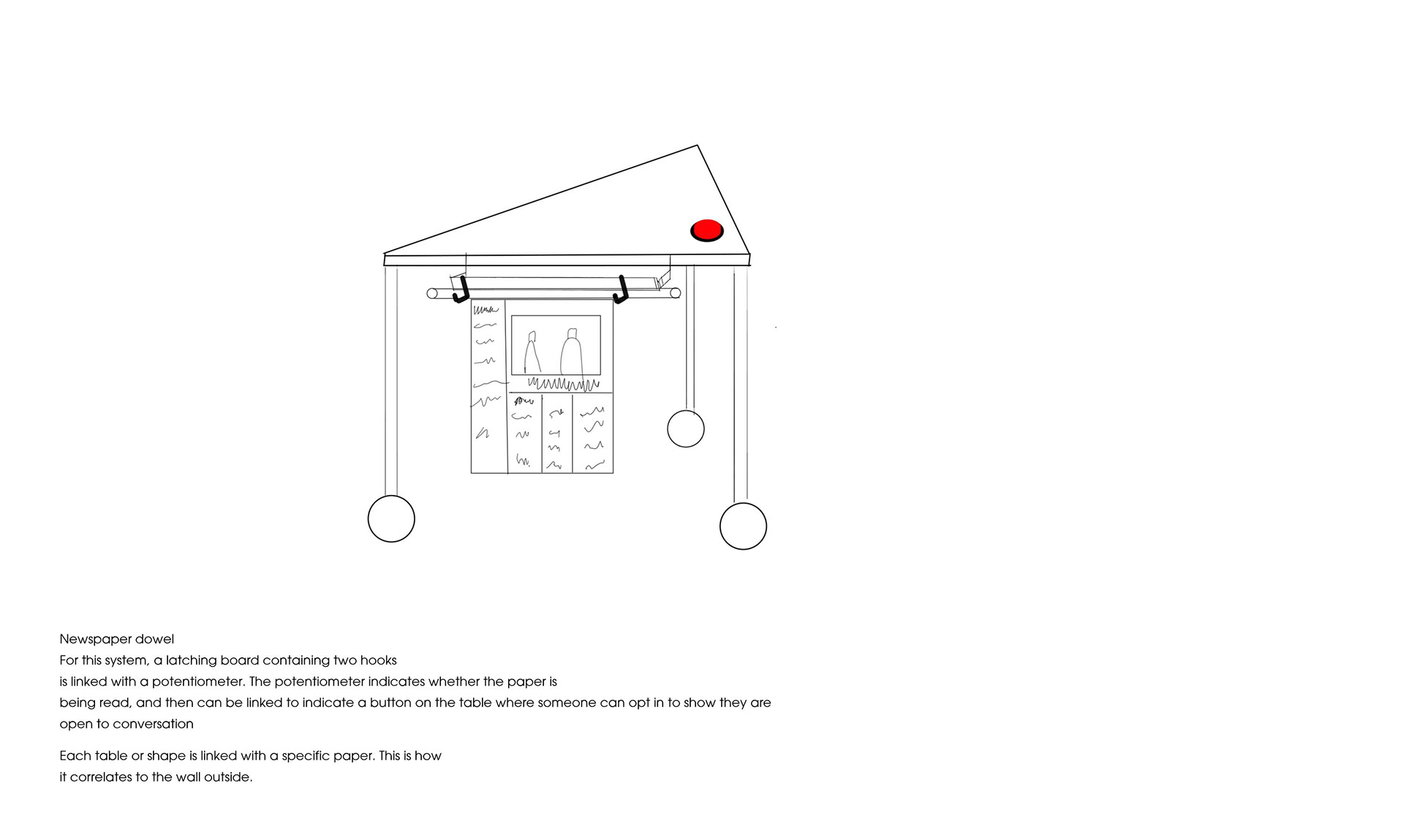
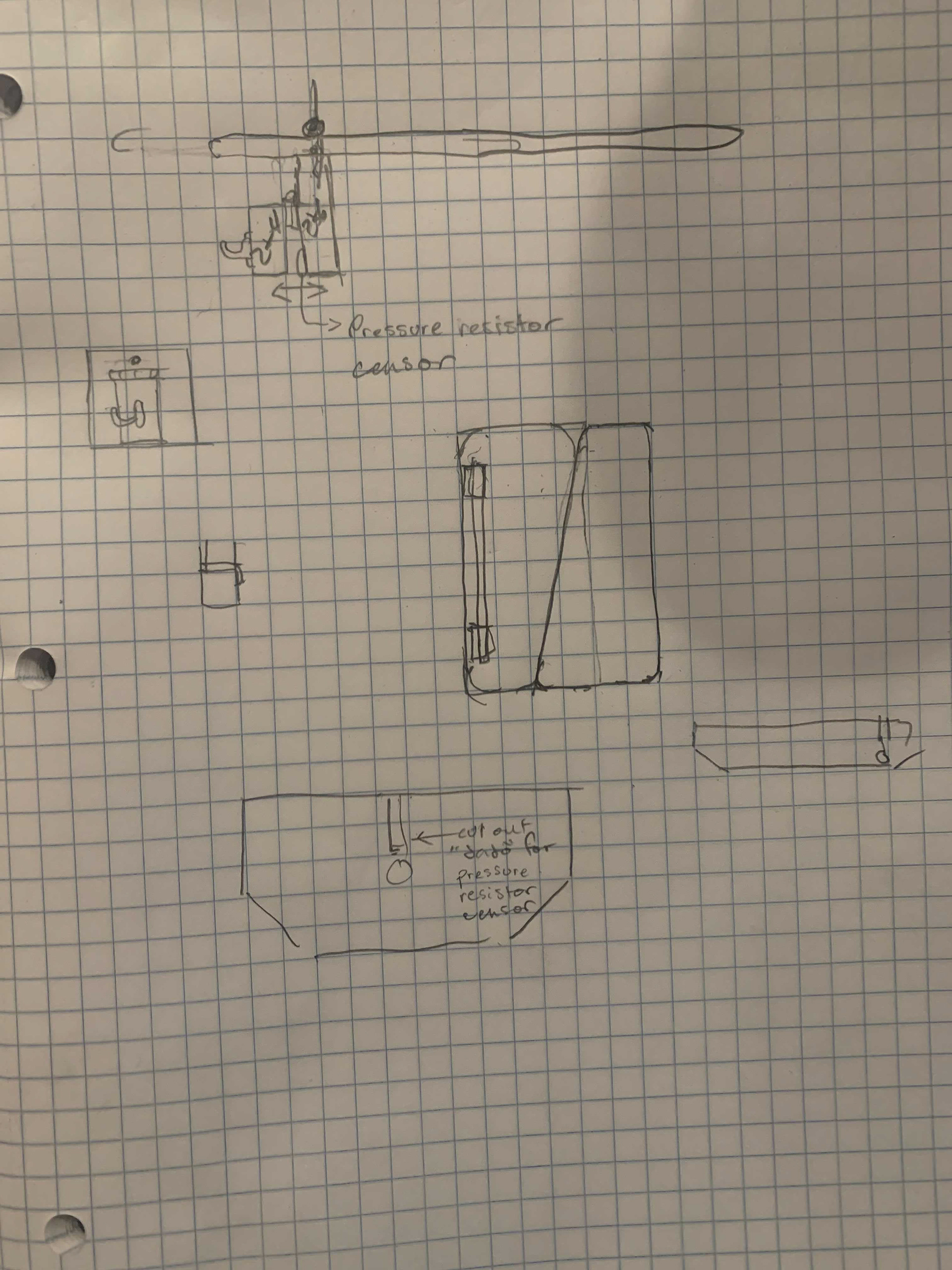
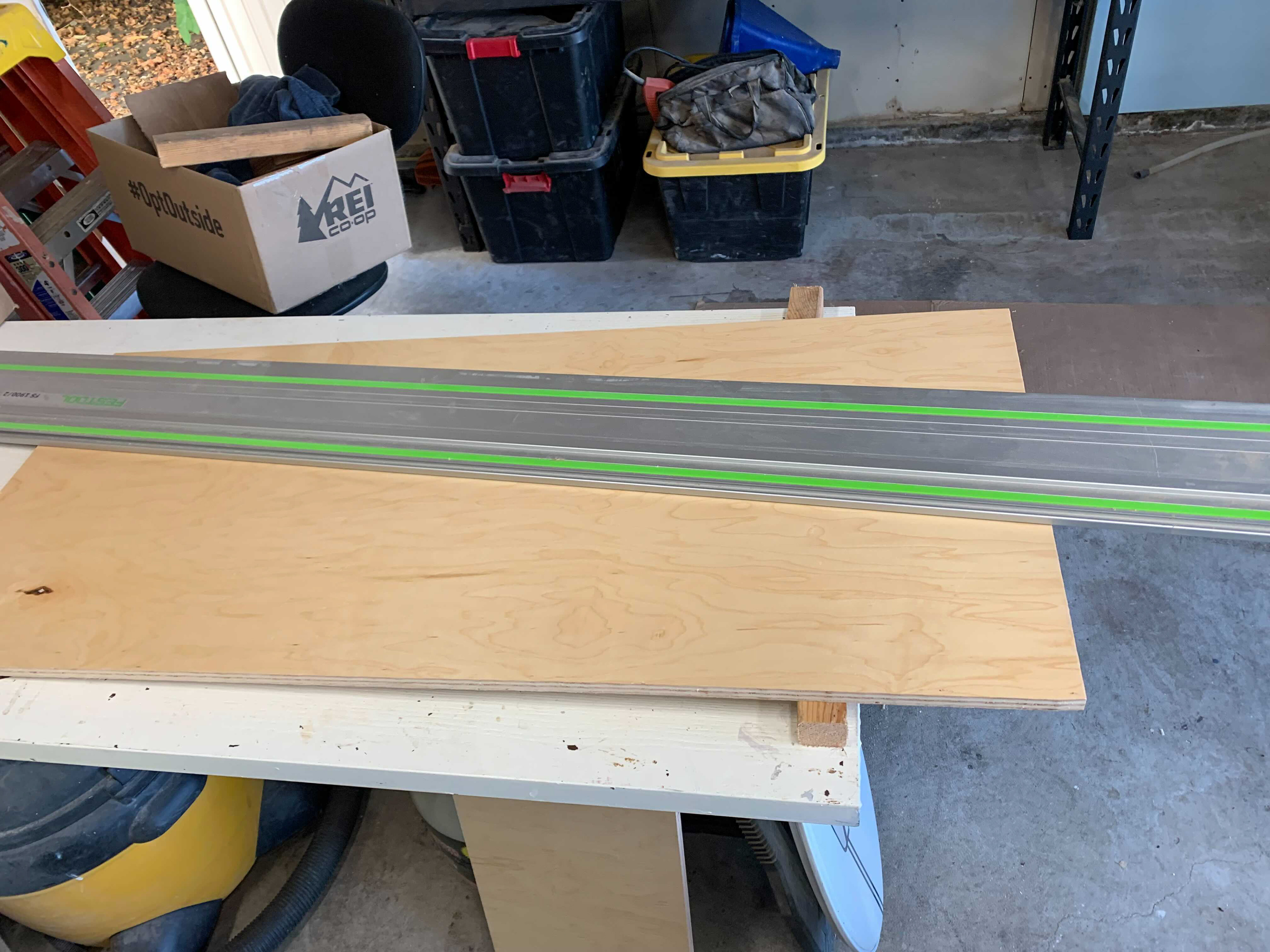
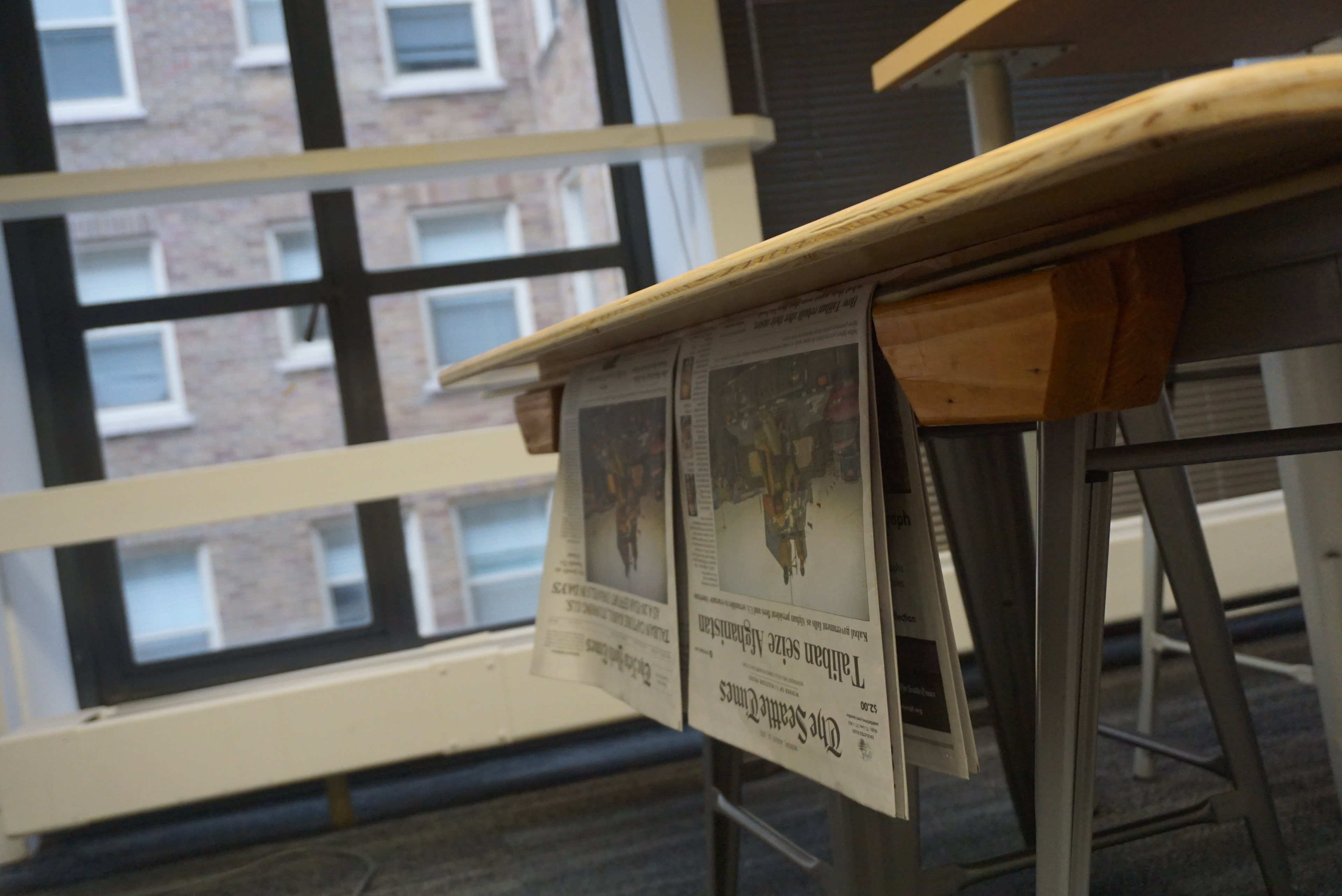
The modular tables enable folks to observe a discussion, are stocked with newspapers and media that connect patrons inside to a passerby from the outside of the café, can conjoin with another table, and can provide a more privatized experience depending on patron preference.
5. Opting Out- The Sofa or the Bar
A lot of people enjoy solitude or working at cafes. We have a place for them too. They can hang out on the sofa or at the coffee bar.
6. Vibes

An ethos creates a comfortable and conversational atmosphere. After several iterations, we moved from rules to conventions, and then finally "ethos." We decided to build these into the environment.
Credit to Duanhao for the 3d mockup and wall mockup, and to Isaiah for the design on the lower-fi Listening is Key mockup. A patron notices ethos of the space adorn the walls in linoleum lettering.
7. The Conversation Cards
To supplement facilitated conversations, we developed conversation cards. I prototyped a few prompts and designs. These could be used to gain a stamp, or engage with another patron. The prompts on these cards were carefully thought out to encourage listening by having people speak to their own experiences rather than broad generalizations.
8. Stamp Cards
Starting a conversation with someone can be hard. Current business paradigms miss this opportunity. A little encouragement to engage can help patrons take a potentially uncomfortable step. Feedback ensures that Common Grounds can make efforts to address any issues that might effect patrons or business.

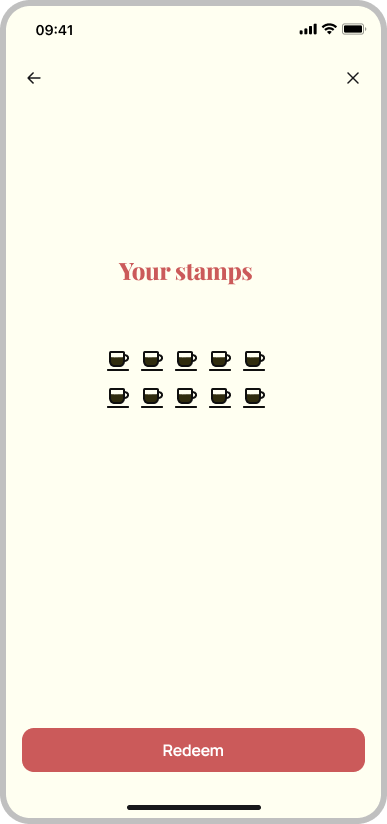
9. Non-visual Design Elements
As an addition to our various touchpoints, the design of physical spaces can encourage communication. That goes from reducing stress, such as playing soothing nature sounds, having plants present, or even providing an ethos for the establishment.
Looking Back and Looking Forward
Next Steps
Reflection
1. We want to build out, test, and iterate upon the conversation cards. This could be designed similar to our role play research activity.
2. We want to refine micro-interactions within the digital wall. There is an exciting opportunity to design interactions centered around accessibility.
3. Facilitated conversations are specific. In working with a facilitator, we could stretch our ideas further around specific themes, events, and structural affordances.
Our classmates called us, "crazy." Our instructors' feedback was intense. We often left class, partner, and instructor critiques frazzled. We started refining in the early mornings and worked late into the night. This project was wicked.
In a Q&A session with a contributor to Forbes and co-founder of a design agency, he stated the ability to design meaningful communication between different stakeholders is fast becoming one of the most valued design skills. All of the components designed in this experience center stakeholders and conversations. In designing a cafe experience spanning a variety of touchpoints, this project allowed me to develop a deep understanding of critical thinking and strategy skills while failing forward- a great way to learn.
I know to ask questions often, think about form and function, and how to put stakes in the ground- as this can move things forward.
